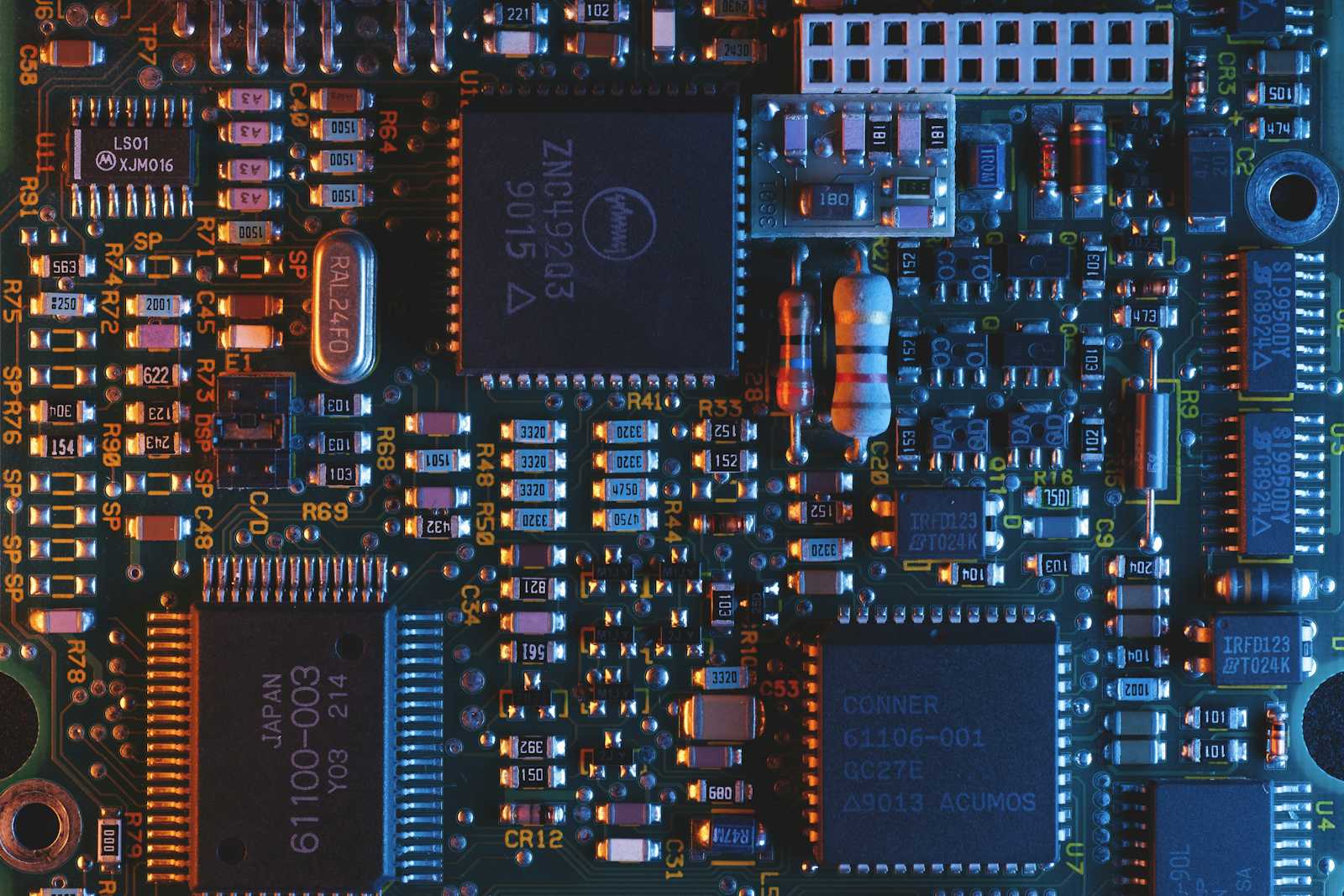Learn Ethereum: Nodes & Clients
 Charlie
Charlie 
Task 2: Vocabulary
Prepare by familiarizing yourself with these key terms. I’ve broken them down into simple analogies to help you out! Be sure to take the quiz at the end when you are ready.
Execution Client
Definition: Listens to new transactions being broadcasted, executes them, and maintains the up-to-date state and database of Ethereum data.
Analogy: Think of the execution client as a chef in a busy restaurant who takes orders (transactions), cooks the meals (executes them), and keeps the kitchen stocked with all the ingredients (up-to-date Ethereum data).
Consensus Client
Definition: Sometimes called the Beacon Node, it implements the proof-of-stake consensus algorithm and can be added as a validator to the network.
Analogy: The consensus client is like a referee in a sports game, ensuring all players follow the rules (proof-of-stake protocol) and confirming fair play (valid transactions and blocks).
Encapsulated Complexity
Definition: Refers to how clients work together to keep the head of the Ethereum chain while allowing users to interact easily with the network.
Analogy: It's like the engine of a car—complex parts work together under the hood, so all the driver needs to do is steer and accelerate.
Full Node
Definition: Runs block-by-block validation by downloading and verifying the body and state of each block, keeping only a local copy of recent data (usually the most recent 128 blocks).
Analogy: A full node is like a detective solving cases, keeping detailed notes only about recent investigations but always ready to cross-check facts against the evidence archive.
Archive Nodes
Definition: Full nodes that verify every block from genesis and never delete any of the downloaded data.
Analogy: Archive nodes are like historians meticulously recording and preserving every event since the beginning of time, maintaining a library that anyone can reference.
Light Nodes
Definition: Only download block headers, allowing users to participate in the Ethereum network with the power or hardware required by full nodes.
Analogy: Light nodes are like travelers with a map—they carry just the highlights (block headers) to understand the big picture without hauling around the entire guidebook (full blockchain data).
RPC (Remote Procedure Call) Endpoints
Definition: Access points that let applications communicate with a blockchain network through a node, functioning like APIs to read blockchain data and submit transactions.
Analogy: RPC endpoints are like a phone line to the blockchain, allowing apps to call in and get answers (data) or make requests (transactions).
Synchronization Modes
Definition: Strategies nodes use to maintain a complete, up-to-date copy of the blockchain by continuously downloading new blocks, verifying their integrity, and serving this data to other syncing nodes.
Analogy: Synchronization modes are like fitness routines—different approaches (full sync, fast sync, etc.) achieve the same goal of staying in shape (keeping the blockchain current)
Task 3.1: Overview of Nodes and Clients
Ethereum's decentralized network relies on nodes and clients to maintain its functionality and security. Nodes serve as the backbone of the network, ensuring that data is stored, verified, and propagated across the ecosystem. Clients are the software implementations that enable nodes to operate. Together, they ensure the integrity and usability of the blockchain.
Nodes
Nodes are the individual devices or servers that participate in the Ethereum network. They store blockchain data, validate transactions, and communicate with other nodes. Depending on their synchronization and data storage capabilities, nodes can take different forms:
Full Nodes: Perform block-by-block validation by downloading and verifying the body and state of each block. These nodes maintain a local copy of recent blockchain data, typically the last 128 blocks, providing a balance between efficiency and usability.
Archive Nodes: A subset of full nodes that store and verify every block since the blockchain's genesis. They never delete data, making them ideal for historical analysis or querying the complete transaction history.
Light Nodes: Focus on efficiency by downloading only block headers instead of full data. Light nodes provide a lightweight way to stay connected to the blockchain but rely on other nodes for detailed information.
Clients
Clients are the software implementations that allow nodes to perform their roles. Ethereum requires two types of clients to function effectively:
Execution Client: Handles transaction execution, updates the blockchain's state, and manages Ethereum's data. Think of it as the operational engine of a node that processes transactions and keeps everything up to date.
Consensus Client: Often called the Beacon Node, this client enforces Ethereum's proof-of-stake consensus mechanism. It ensures network security and enables participation in block validation for validators.
The interaction between these clients represents encapsulated complexity, where the underlying processes work seamlessly together to provide a cohesive user experience for interacting with the Ethereum network.
Synchronization Modes
Synchronization is critical for nodes to stay updated with the latest blockchain state. Different modes offer trade-offs between speed, trust, and resource usage:
Full Sync: Downloads all blockchain data from the genesis block and re-executes every transaction, ensuring maximum security by independently verifying the entire history.
Fast Sync: Downloads all blocks but skips re-processing historical transactions, reducing processing demands while still maintaining full node functionality.
Snap Sync: The current default for Ethereum, snap sync starts from a recent trusted checkpoint, saving disk space and bandwidth while retaining high security.
Light Sync: Focuses on the latest state, relying on trust in developers and the consensus mechanism for integrity.
RPC Endpoints
To interact with nodes programmatically, applications use Remote Procedure Call (RPC) endpoints. These endpoints act as access points, similar to APIs, enabling tasks such as reading blockchain data and submitting transactions.
In summary, Ethereum's robust network of nodes and clients, operating through various synchronization strategies, ensures its resilience and accessibility while accommodating diverse user needs.
Task 3.2: Read the Docs
Read the official "Ethereum Nodes & Clients" section here.
After reading, you can take this comprehension quiz to test your understanding.
Task 4: Answer Discussion Questions
Now, it’s time to talk about what we’ve learned. You can the questions below.
How would you explain client diversity in Ethereum?
What is the difference between full and archive nodes?
Subscribe to my newsletter
Read articles from Charlie directly inside your inbox. Subscribe to the newsletter, and don't miss out.
Written by

Charlie
Charlie
One day I decided to solve a problem that was plaguing us at work. I wanted to make something to streamline our resources and make it easier for use to do our job. I figured that there had to be something online for us to use. I fell down a rabbit hole and I loved it. So much so that I ended up building the solution myself.